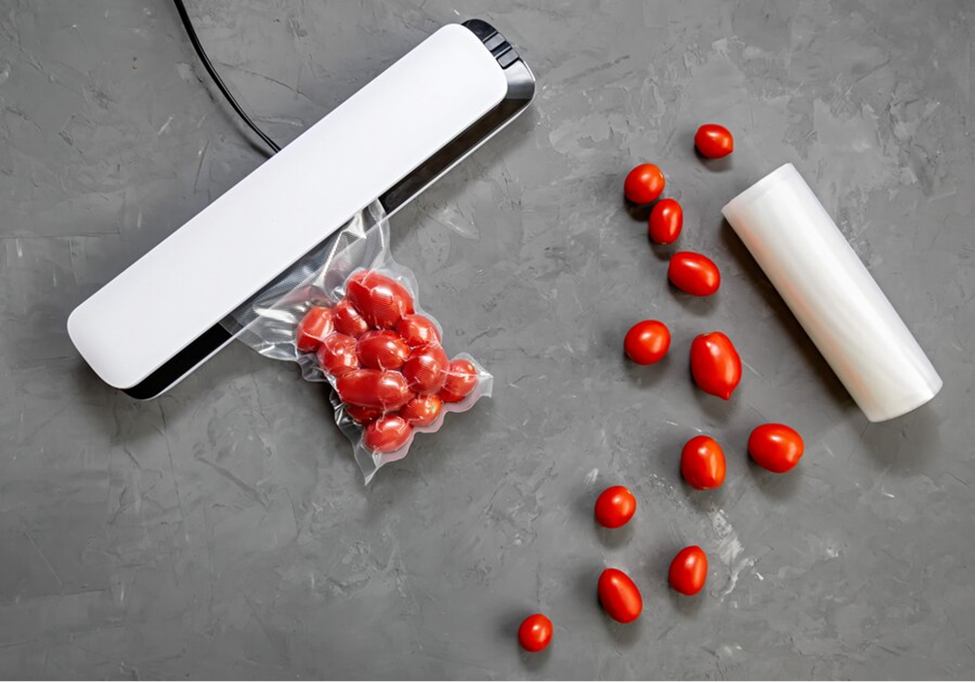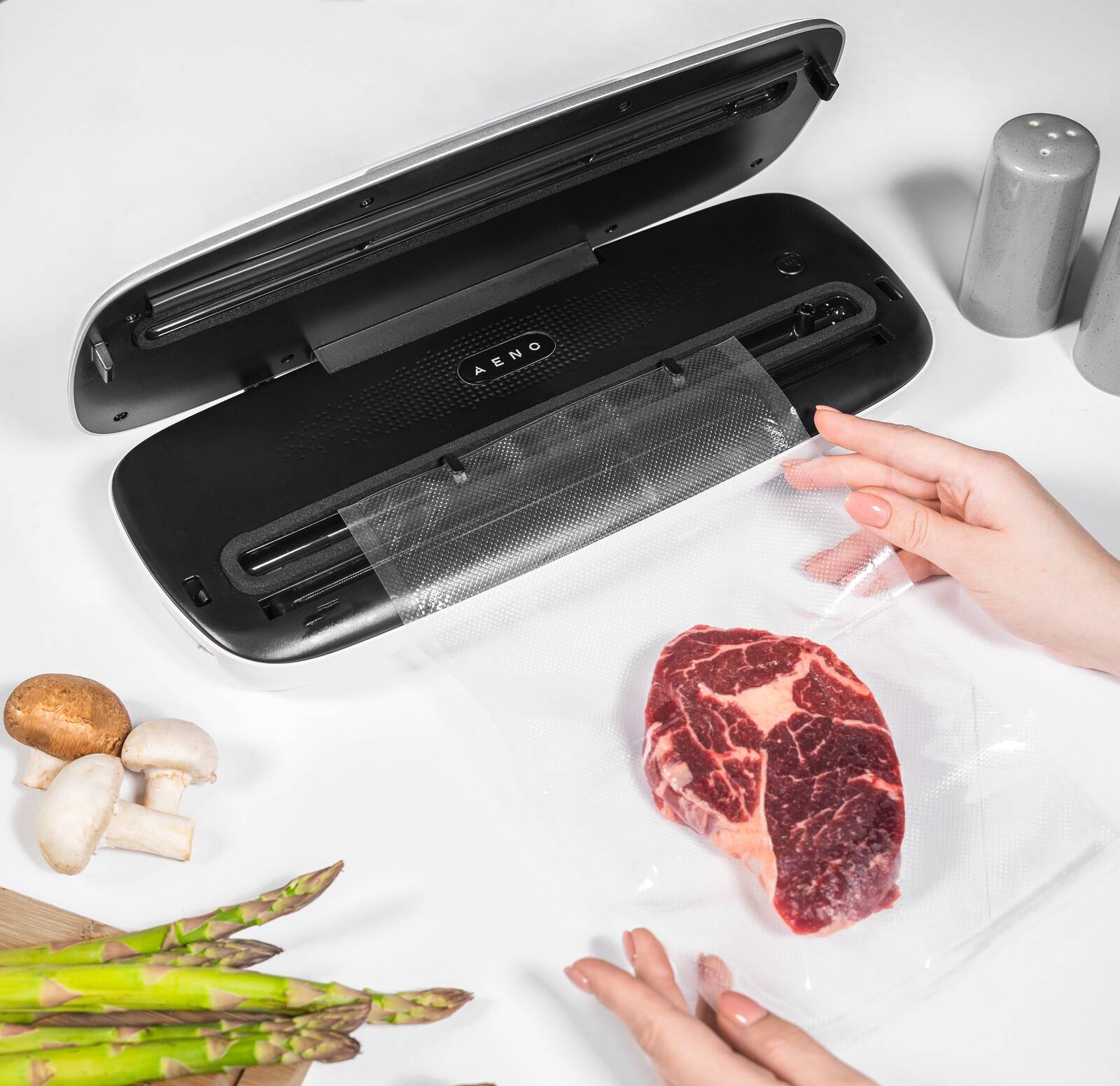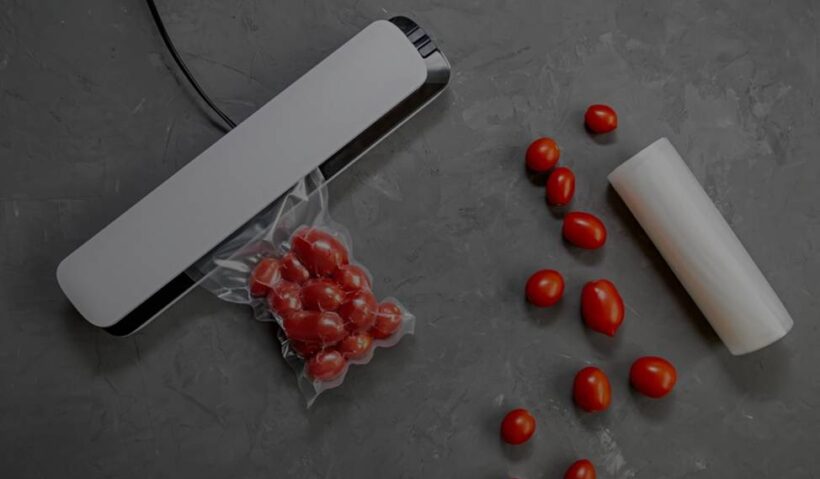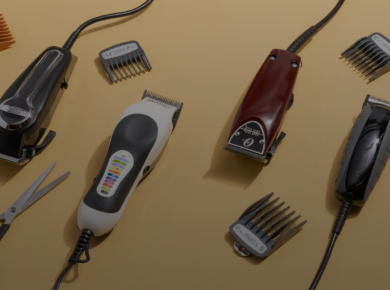Reducing food waste and preventing food spoilage is important for any food service operation. A vacuum sealer easily accomplishes this task. Vacuum-packed products can be stored many times longer than non-vacuum-packed ones. They taste better and do not lose their flavor over time.
So, what is a vacuum sealer? It is a device that performs two operations. It can remove air from containers and bags and seal the bags being vacuumed to ensure they are airtight.
Moreover, vacuum packaging increases the product shelf life. Perfectly fresh berries, herbs, meats, fruits, vegetables, and cooked foods can be preserved with a vacuum sealer. There are no off-flavors in frozen foods and ready-to-eat meals placed in the freezer. It can also be used to enhance food flavor. For example, if you use a vacuum to marinate grilled meat or fish, it will turn out to be extra tasty and juicy.
Second, it’s not just food that can be vacuum packaged. Vacuum packaging is great for storing or shipping items because they take up much less space without extra air. You can also use vacuum packaging to protect equipment or other fragile items from damage during shipping.

How Does a Vacuum Sealer Work?
As mentioned above, the vacuum sealer evacuates the air from the containers and creates a vacuum inside, which means no oxygen and no air pressure inside. It also seals the container or bag with high heat for easy and long-term storage. Vacuum packaging machines come in different types, sizes, and models, but the core principle of operation and the main components are the same.
- The vacuum pump eliminates air from the packet. No pockets of air are left, so the contents do not spoil quickly. Upon activation, the pump produces a vacuum inside the bag containing the product through air evacuation.
- The chamber is a place where the package is stored during the sealing process. Checking the chamber dimensions is essential before you make a decision to buy a certain model. It is especially relevant if you are planning to vacuum large-sized items.
- The sealing bar is among the most crucial elements for properly packaging your goods. After you finish the vacuum process, the sealing bar melts the bag’s open end to create an airtight seal. After that, the bar cools and releases the package, which you can use at your discretion.
- Vacuum packaging machine control panels help control vacuum levels. You can change the settings depending on the application or your specific needs.

Of course, different models of sealers may have some specific differences in use (so we highly recommend reading the user manual carefully before you start vacuuming). However, we can highlight the basic common steps for using the vacuum sealer.
- Place a product to be vacuum-sealed in the bag. Be sure to select the bag of the proper size to easily fit the item into it and leave enough room for the seal.
- Open the sealer lid and place the open end of the bag on the sealer (for external machines) or the bag in the chamber (for chamber ones). The bag should be placed evenly in the chamber or on the sealer ba. For the cleanest seal, make sure the end of the bag is centered in the middle of the sealer bar.
- Close the lid. You may do the final check on whether the item is placed like you want it to be.
- Choose the appropriate setting and press the Start button to begin the air removal process. The machine will remove the set amount of air from the bag and turn your contents into a tightly vacuum-packed bag.
- When vacuuming is complete, the sealer molds the bag to form a seal.
- A beep or light will indicate the end of the process.
- Wait until your device cools down if needed.
- When you’re done, press the button to open the lid and release the bag.
Now that you know how vacuum sealer works, let’s examine what types of sealers are available today.
Types of Vacuum Sealers
There are chamber and external machines on the market, and the choice is up to you and your needs. Chamber vacuum sealers are best suited for companies that need a high packaging capacity and have wet (meat, fish) or liquid products to package. Chamber vacuum sealers have a higher price tag, but they offer a much higher level of performance and versatility than tubeless vacuum cleaners. Although chamber machines are more expensive, their bags are cheaper than those of external vacuum sealers, so if you need a high throughput, the initial higher cost of a chamber vacuum packaging machine will quickly pay for itself. If you will be packaging many wet products, a chamber machine should be your only choice.
An external vacuum is an excellent choice if you will be vacuum packing occasionally. It is not for wet products or liquids. However, it is more cost-effective than chamber machines and offers excellent sealability, but is not as versatile or powerful.
Automatic and Manual Vacuum Sealers
Manual or handheld sealers have a timer that allows you to adjust how long the sealer sucks air from the chamber or bag. This feature is useful if you are packaging many soft, delicate items like muffins that could be damaged by sucking out all the air. Once the desired time has been determined, it is easy to set it on the control panel (if it has this feature). It is not necessary to press the pulse button each time. With automatic vacuums, the vacuum cycle continues until all air is extracted from the bag (if the product is wet, the pump sucks in water, which can cause damage). If you are packaging solid products, an automatic system is more efficient. Combined manual/automatic machines offer the best of both worlds.

What Foods Can Be Vacuum Sealed?
Almost any food ― meats, vegetables, solid fruits, and bulk products ― can be vacuumed. However, there are a few exceptions that require more attention or cannot be packaged in a vacuum environment at all. For example, you should not vacuum seal mushrooms, garlic, and soft cheese such as brie and ricotta. These foods may contain anaerobic bacteria that can grow and develop in the oxygen-free environment inside the vacuum bag.
Some products require blanching before vacuum-sealing. Cabbage, broccoli, cauliflower, carrots, kale, Brussels sprouts, and beets can be vacuum-sealed, but they should be blanched first. Boil them for about 5 minutes and plunge them into ice water to stop the cooking process. Then, you can safely pack and freeze them! Blanching stops the production of enzymes that ruin quality and color. Be sure to allow the food to cool to room temperature before packing, as bacteria thrive at high temperatures.
There are also products recommended to be frozen before vacuum-sealing. Some delicate items, such as soft desserts (cakes, pastries, muffins), may be damaged if the air is completely evacuated from the bag during vacuum packaging. Therefore, you can freeze them slightly before packaging. This will also help reduce the risk of any soft particles or streaks being sucked into the pump.

Accessories for Vacuum Sealers
A basic requirement for vacuum sealers is vacuum sealing bags. Plastic bags can come in various designs, sizes, shapes, textures, and embossing. The packaging differs depending on the type of vacuum cleaner. Smooth bags are used for chambered sealers, and ribbed bags are used for non-chambered vacuum sealers. Please keep in mind that the width of the bag should always be smaller than the width of the sealing bar.
It is also worth mentioning vacuum containers. Inside them, you can control the air environment by removing the air completely or partially. This is practical since not all products and finished goods can be vacuum sealed. For example, cakes are better stored in a small amount of air, while seafood should only be stored in the absence of air.

Benefits of Vacuum Food Packaging
- Food quality is preserved: You prevent the growth of bacteria and protect the food from freezing burns and weathering by removing the air from the bag. Your food will stay fresher for longer.
- Time and labor saved: When cooking SOUS VIDE, vacuum-packed meals require less attention than those you cook using other methods, like placing food in the oven and performing other actions. Even if you’re not cooking SOUS VIDE, packing individual portions can be useful so your staff can practice portioning when cooking!
- Save money: Vacuum packaging reduces waste and saves money by extending the shelf life of food.
If you are looking for a vacuum sealer for your kitchen or business, familiarize yourself with AENO, a reliable manufacturer of quality goods for your home and beyond https://aeno.com/category/kitchen/vacuum-sealer. Choose your device and make your daily life better!
Want to BUY this product?
Check out retailer list for your country.




